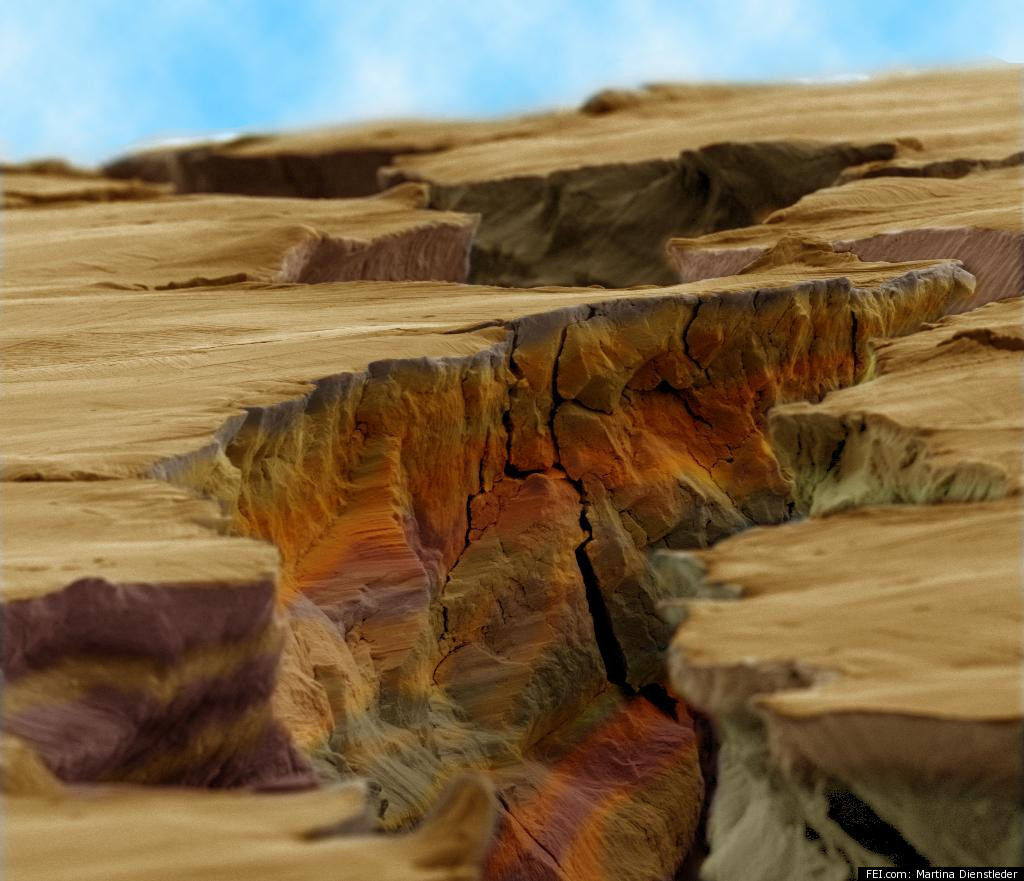
http://www.stumbleupon.com/su/1w0Adq/www.bored-to-death.com/32844/9-Logos-with-Hidden-Messages-Pics


The Microcanyon was taken with a microscope from FEI's Nova DualBeam Family, unlike the other two which were taken with microscopes from the Quanta family. The Quanta microscope was also used to take this image of a hydrothermal worm that rocked the internet.
This year's winner, however, was taken at an extremely high magnification, with a width of just 67µm, making it more than what it seems. In reality it's a micro-crack in a piece of steel, taken after multiple bending tests.
The page images in the PDF files are of excellent quality, but you may find they are too large to view using your web browser. We suggest you download them (e.g. right click and "save as") and then view them on your computer. The smaller DjVu version may be more convenient: download the zip archive, extract it to a folder, and then open the file "directory.djvu" using a DjVu viewer.
The optical character recognition (OCR) in the DjVu and PDF files are useful for searching. Alas, the OCR is not of high quality and you may not find all instances of your target word(s). We would be delighted should you see fit to make and share a cleaner copy of the text.
Volume III begins with a discussion of perceptual inference. This is where most students of perception will want to start.
Happy reading!
Recent Comments